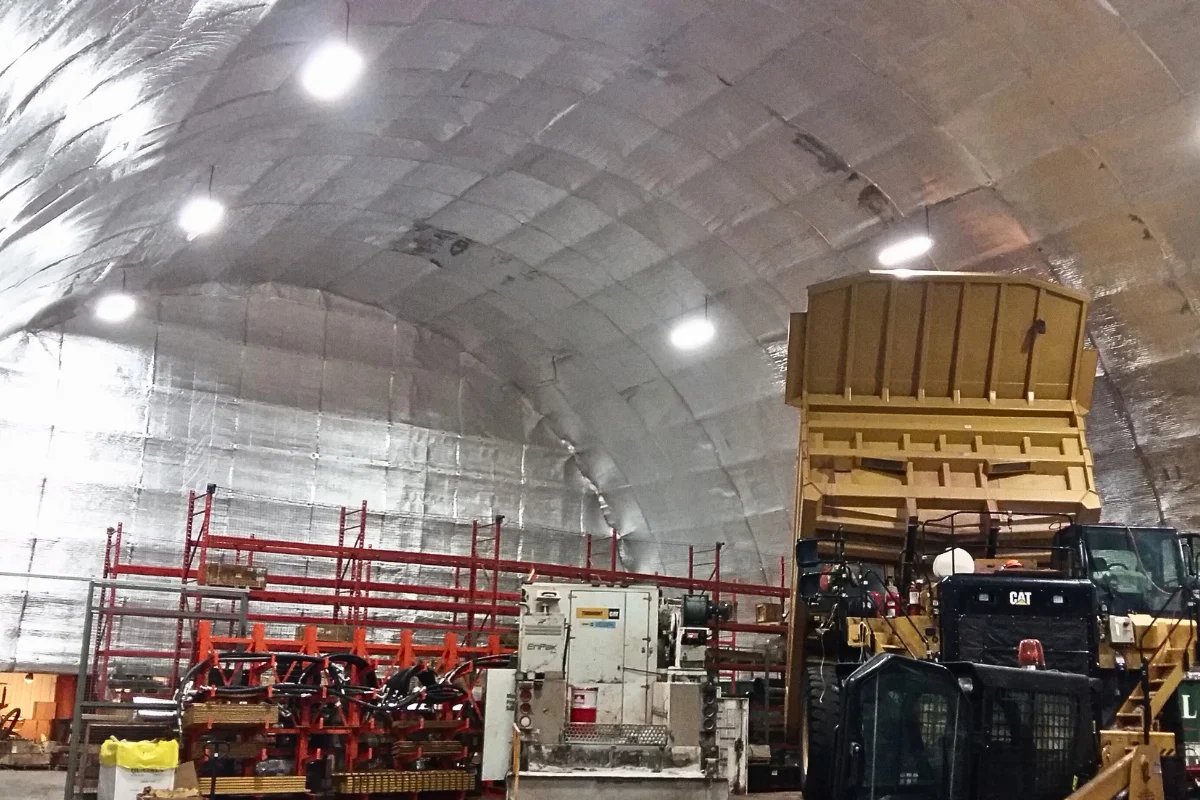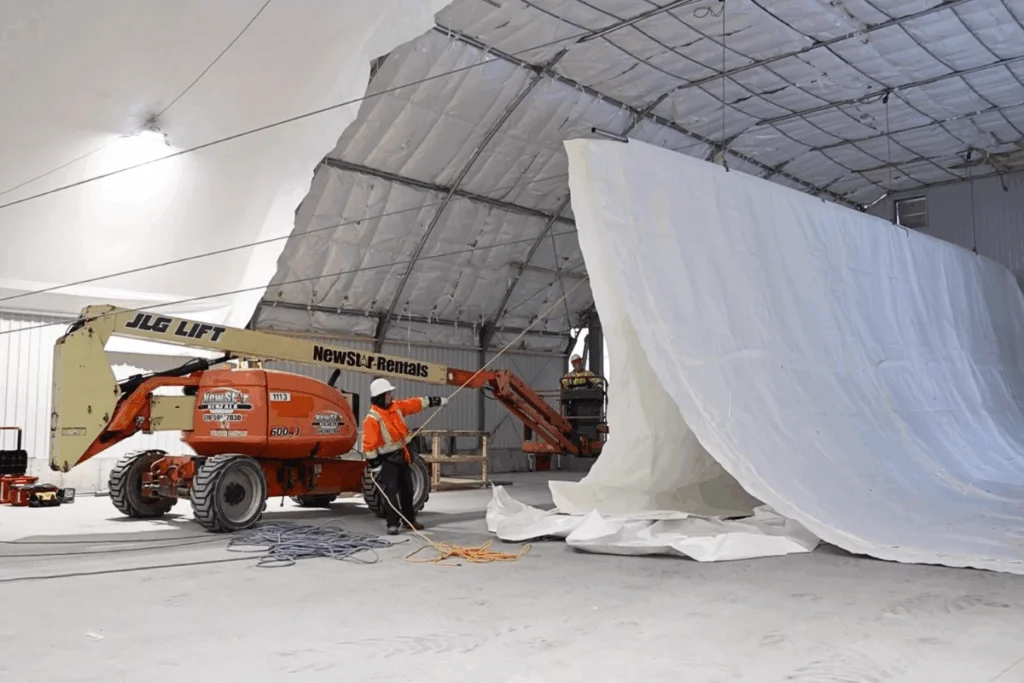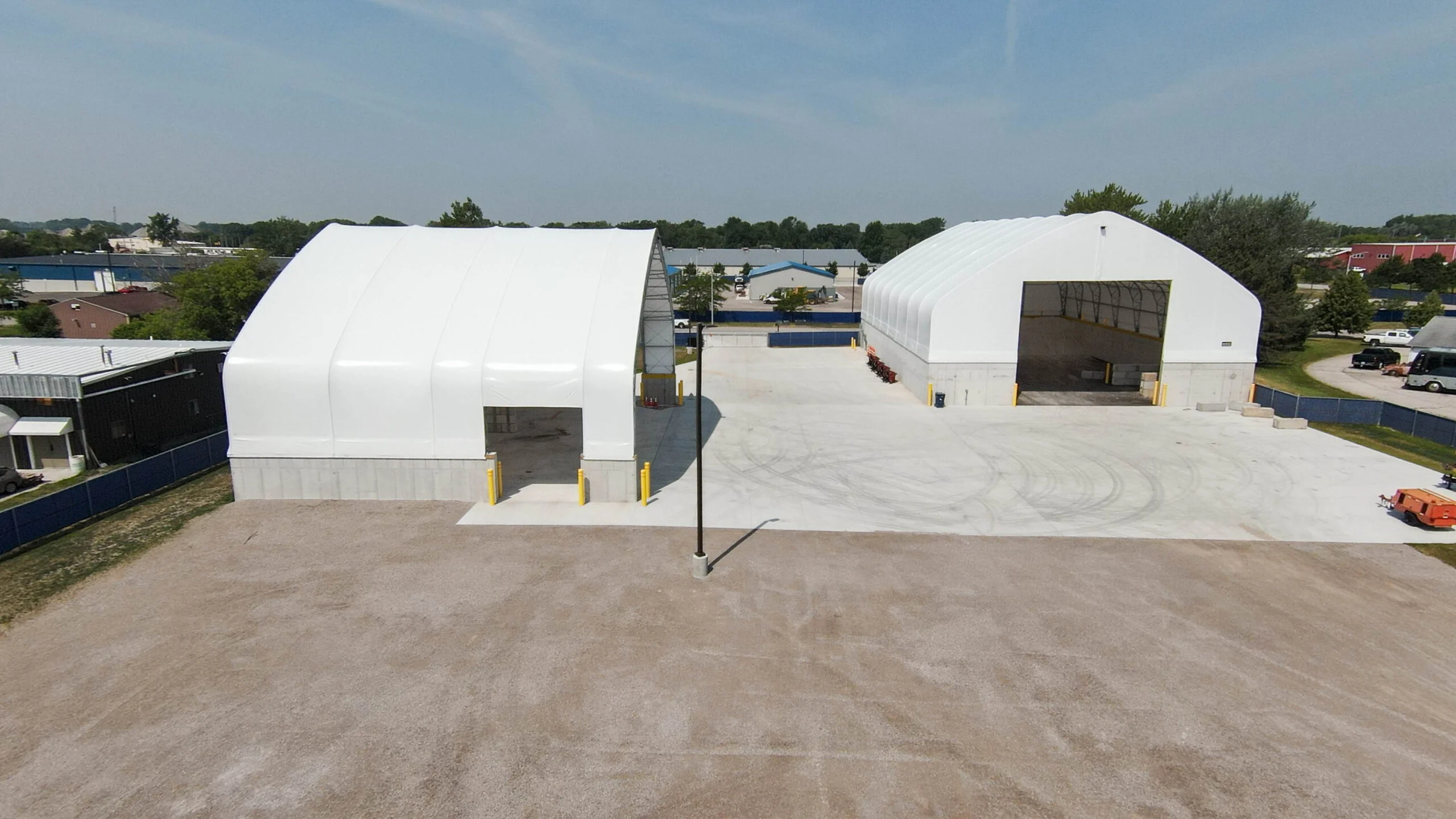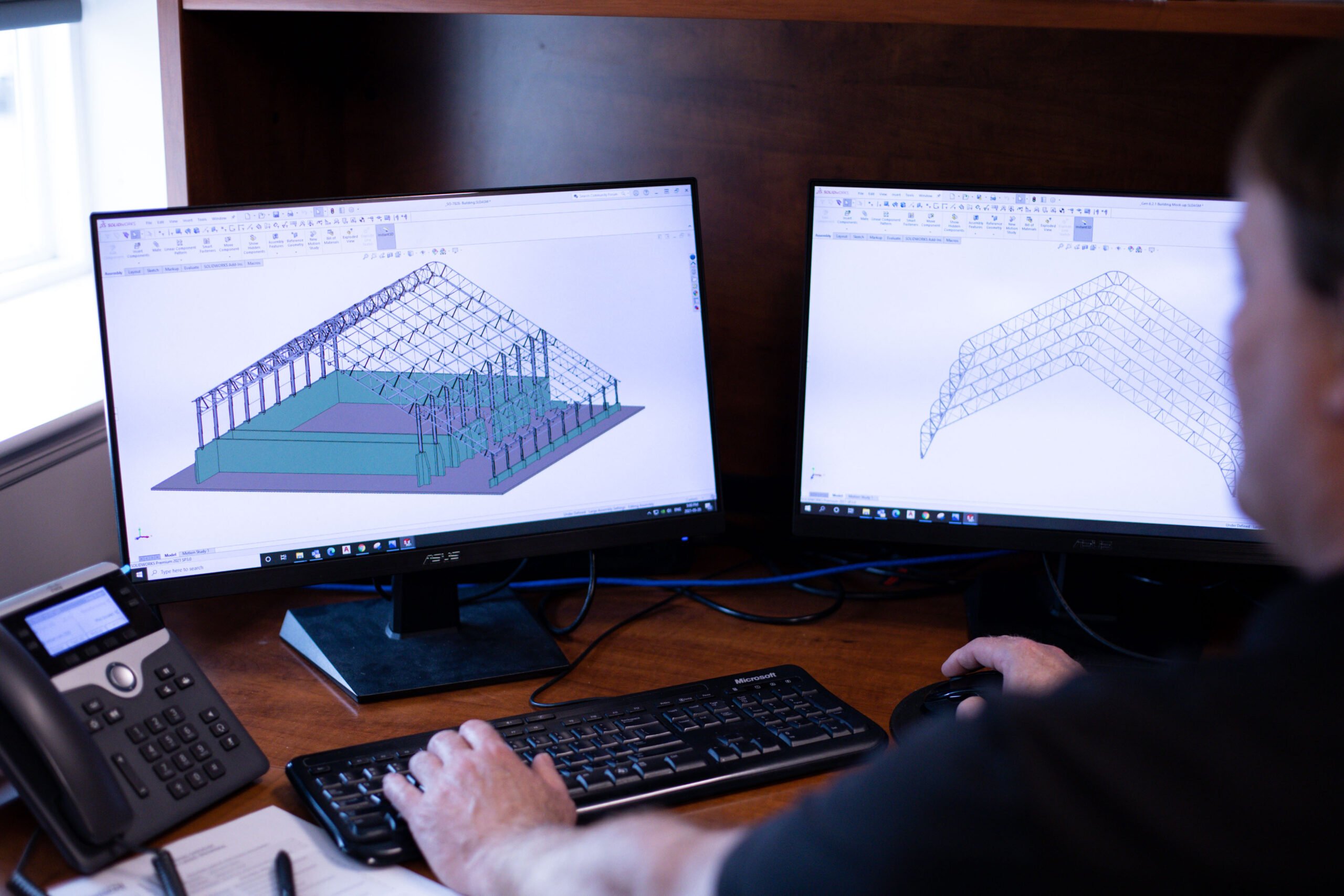Insulating Fabric Building With Practical Options That Last

Let’s clear something up about fabric building insulation. A lot of people ask us, “Can you even insulate a fabric building?” The answer? Absolutely. Not only is it doable… It’s a smart move.
Insulating a fabric building makes a real difference in how it feels and functions. Whether you’re running a heated workspace or storing sensitive materials, adding insulation turns your building into a better, more efficient space.
Let’s walk through how fabric building insulation works, what types are available, and why it’s something more and more people are choosing to add.
Note: This article references colder Canadian climates; specifications vary by region and authority having jurisdiction.
It’s Not Just About Heat: What Insulation in Fabric Actually Does
We tend to think of insulation as something that keeps us warm. But in fabric buildings, it goes further than that.
Here’s what the right insulation can do:
- Help stop condensation from forming on the inside
- Keep humidity in check
- Make the interior more comfortable for people and animals
- Cut down on harsh temperature swings that can mess with machines or stored products
In farming, insulation can keep animals healthier and reduce heat stress. In industrial settings, it keeps equipment from freezing up or overheating. If you’re storing things like feed or fertilizer, it helps prevent spoilage by keeping moisture levels stable.
The best part? When paired with good airflow through vents, fans, or HVAC systems, insulation helps create a more balanced, steady environment year-round.
What Kind of Insulation Works in Fabric Buildings?
There’s no one-size-fits-all solution. The right setup depends on how the building is used, where it’s located, and what kind of performance you need.
Here are a few insulation systems we work with:
- Liner fabric with batt insulation: Placed between the layers of the building: Solid R-value and great for cold climates
- Reflective barriers or vapour shields: Bounce heat away, making them ideal in warmer spots
The goal is to match the system to your needs, not overbuild or under-protect. And if you’re not sure what’s best, our team can help walk you through the options.
Final assemblies should be designed and stamped by a licensed Professional Engineer to address condensation control, ventilation, and fastening details.
Energy Efficiency: Where Fabric Building Insulation Really Pays Off
A well-insulated building doesn’t just feel better inside. It also costs less to run.
Fabric buildings already offer some energy-saving perks; like passive ventilation and natural lighting. Add insulation, and it takes those savings further.
Here’s how insulation helps:
- Cuts down on how often heating or cooling systems need to run
- Keeps indoor temps more stable throughout the day and night
- Helps HVAC systems last longer by reducing wear
- Makes the space more comfortable, so you may not need space heaters or fans
If you’re in a colder part of Canada, fabric building insulation isn’t just a bonus; it can be a must-have. It helps keep operations moving through the winter, without sending your heating bills through the roof.
Who Gets the Most Out of an Insulated Fabric Building?
Pretty much any industry can benefit. But some get even more out of it than others.
Here are a few examples:
- Heated workspaces or garages: Better working conditions for staff and better protection for gear
- Warehousing and logistics: Helps maintain temperature for goods that need a specific environment
- Public works and municipal buildings: Supports year-round operations without performance dips
Even if your structure isn’t heated today, fabric building insulation can still help control humidity, reduce wear and tear, and future-proof the space.
Thinking of Fabric Building Insulation? Here’s What to Consider

Professional installation of fabric structure insulation ensures proper thermal regulation and energy efficiency in your fabric building.
Planning ahead makes all the difference. If you’re designing a new building and already know you’ll need insulation, bring it up early. It’s easier and more cost-effective to include it during construction than after the fact.
A few things to think about:
- What are you using the space for? Some areas may need full coverage, others may not.
- What’s your climate like? That affects the type and thickness of insulation.
- Don’t skip ventilation. Insulating a space without planning airflow can lead to condensation or mould.
- Are you running HVAC or relying on passive airflow? Your fabric building insulation should work with those systems, not against them.
Already have a fabric building? No worries. In most cases, retrofitting is possible. We can help you add insulation after the fact or let you know if a re-cover is needed to make it work properly.
Bottom Line: Is Fabric Building Insulation Worth It?
Insulation makes a huge impact. It helps keep your building usable in all four seasons. It protects what’s inside, whether that’s people, animals, or expensive equipment. And over time, it helps bring down operating costs.
When you combine fabric building insulation with the right ventilation, smart layout, and quality construction, you’re getting more than a building. You’re getting a reliable, energy-conscious solution that works hard for your operation.
Interested in exploring your options? Let’s talk about how to build something that’s comfortable, efficient, and made to perform all year long.

